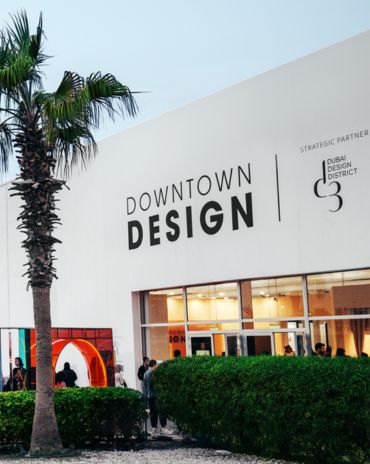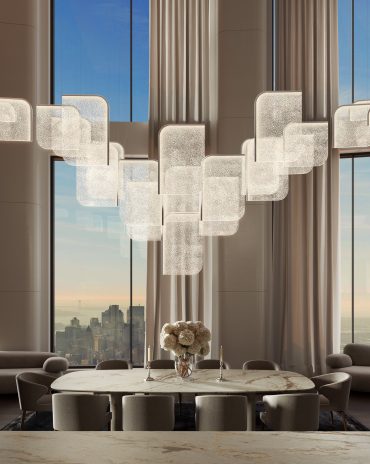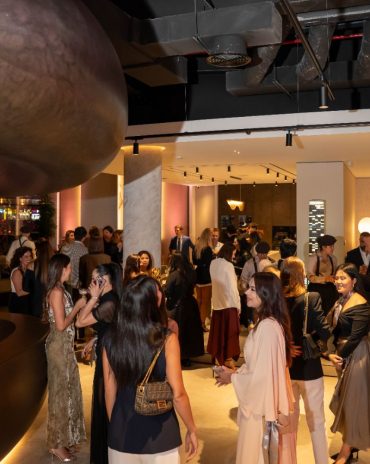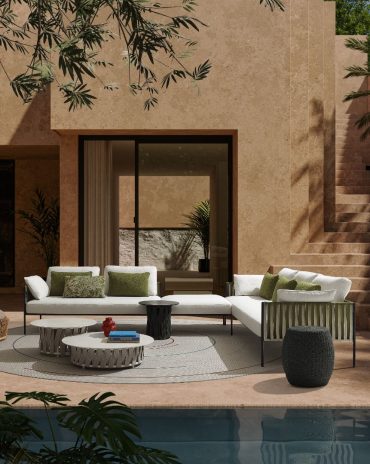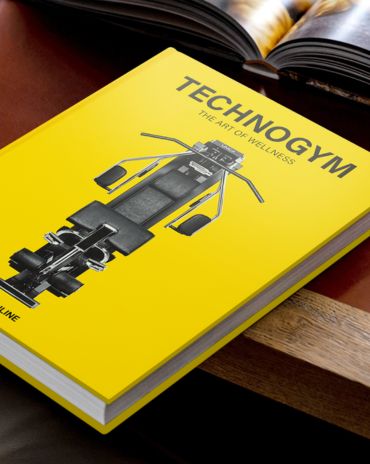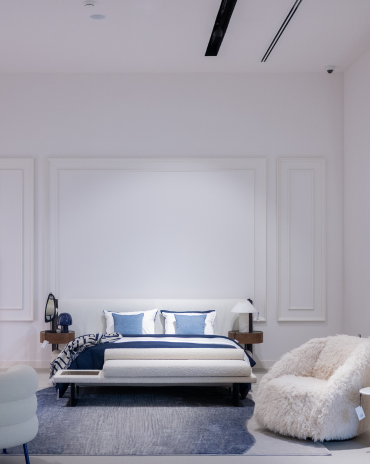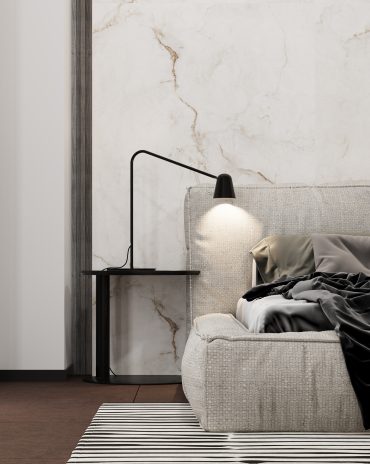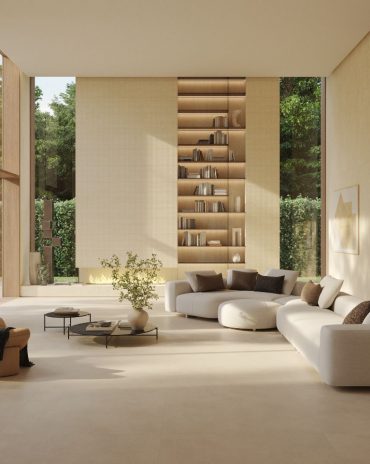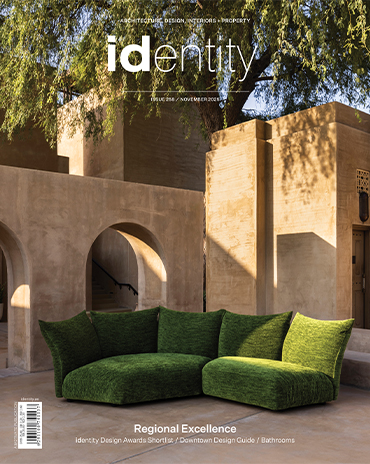Copyright © 2025 Motivate Media Group. All rights reserved.
Renovated Tuscan farmhouse fuses contemporary design with tradition
The Italian architects remained mindful of the building's historical context
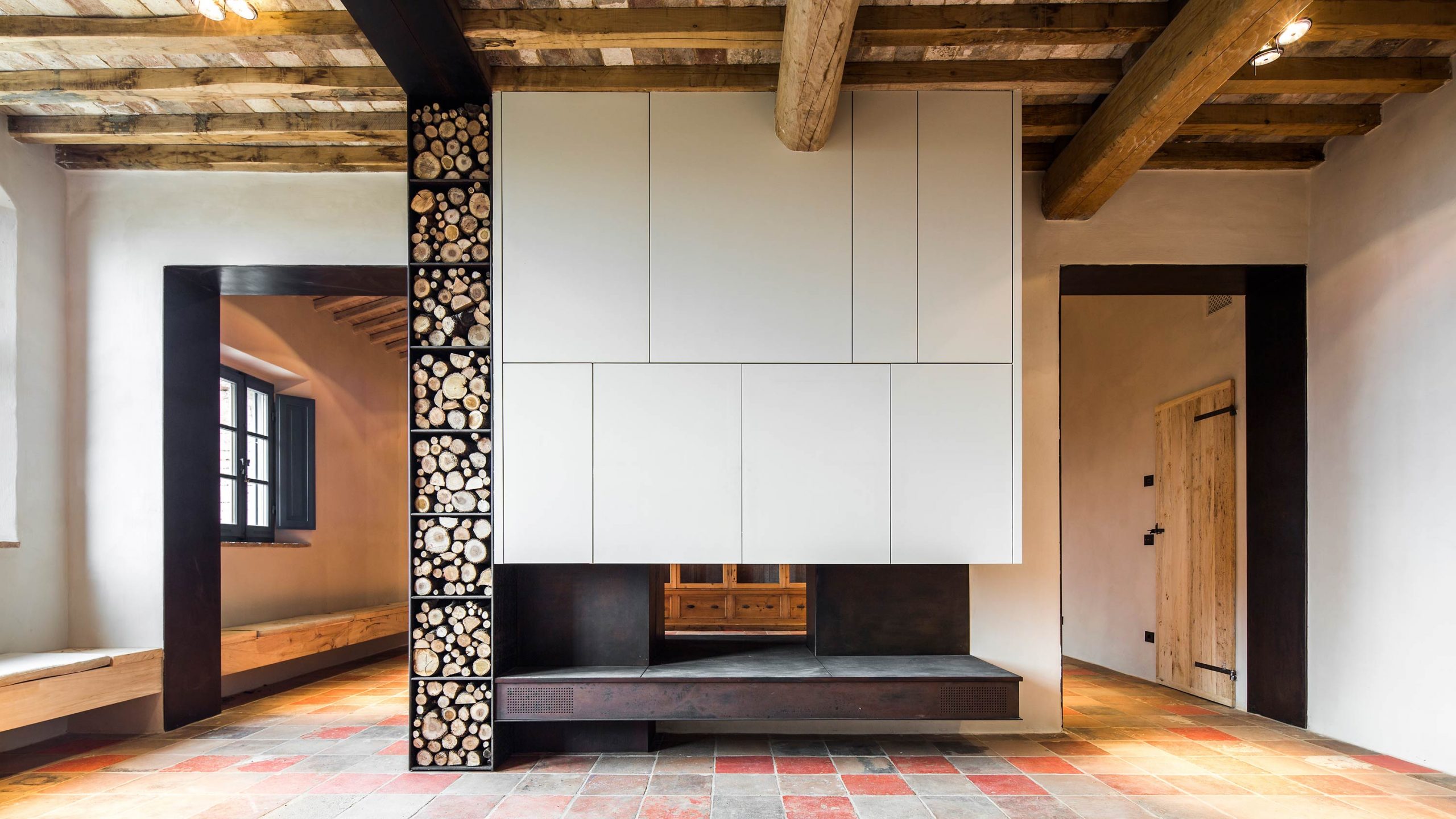
Italian architects Ciclostile Architettura have renovated an antique Tuscan farmhouse into a contemporary home while staying mindful of its historical and environmental context.
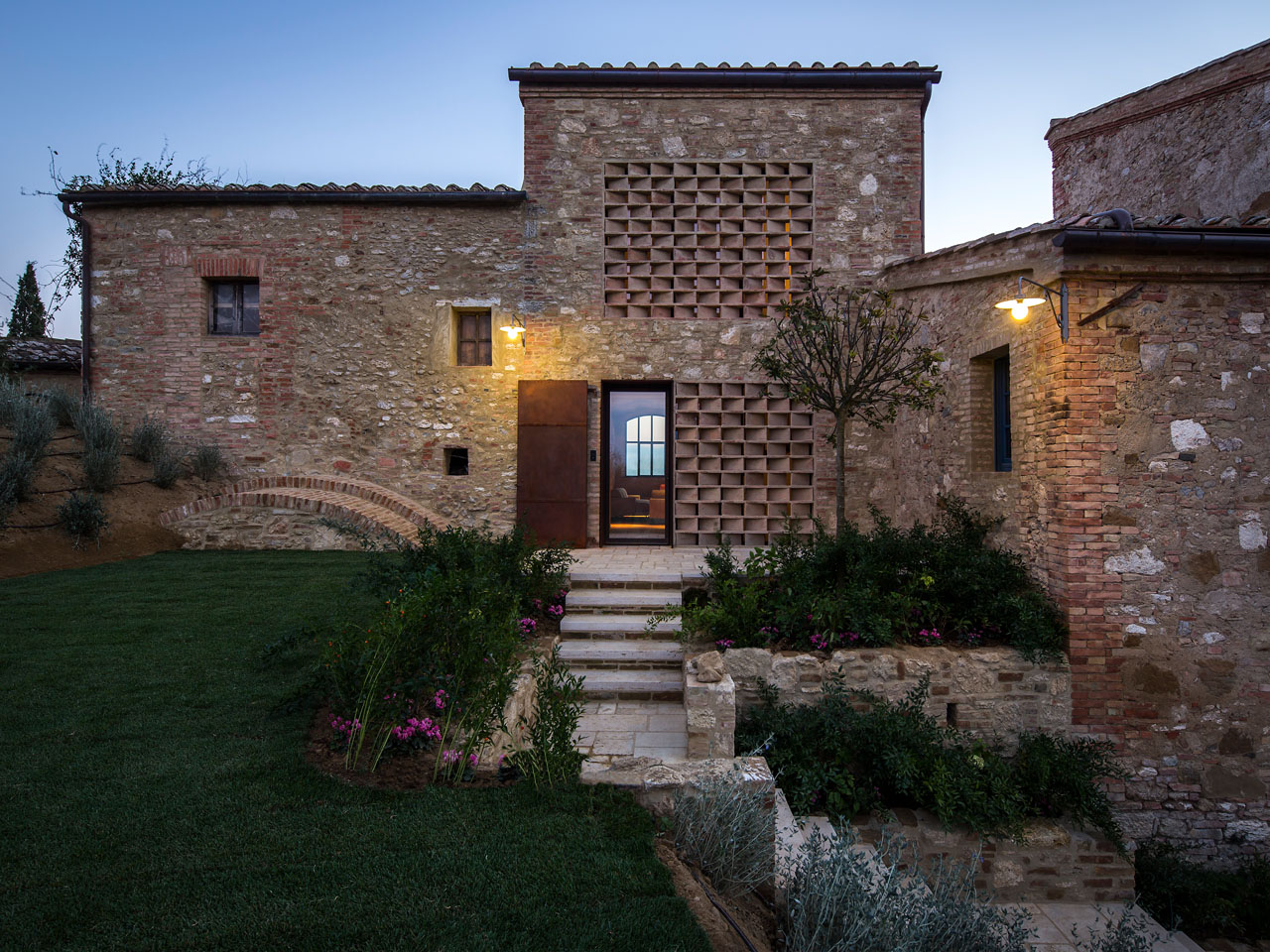
Set in the heart of the Sienese Clays in Italy, Podere Navigliano now showcases a reinterpretation of traditional elements which has allowed the architects to find a new language and a new aesthetic that is inseparably linked to its tradition.

The renovation of a farm of spans 600 sqm spread over three levels: a ground floor that was used as a stable and service areas for agriculture, the first floor that housed two apartments and the second floor which consisted of two turrets that serviced of the apartments.
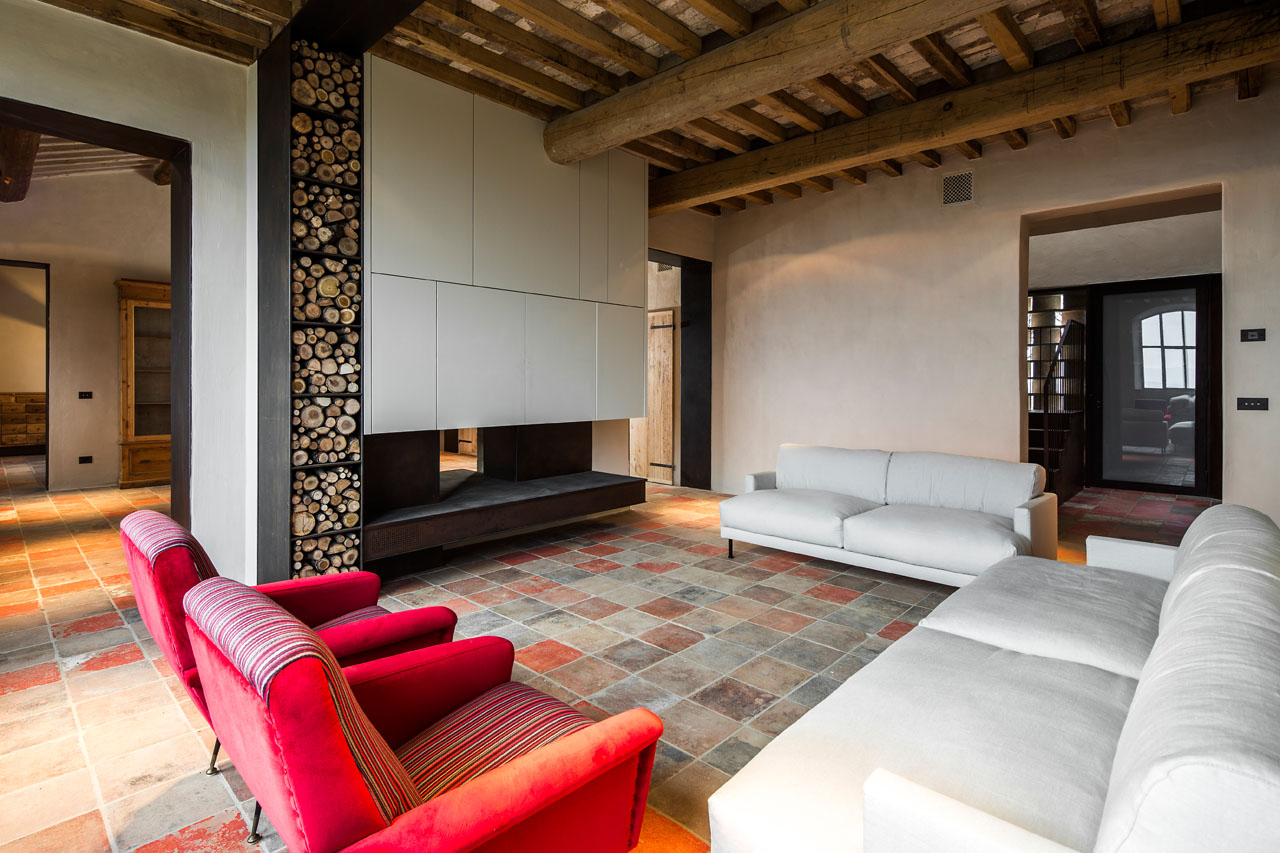
Through a new arrangement of the interior, the architects recreated it into a single dwelling while remaining respectful of its essential characteristics. For this reason, the ground floor has been localized as service spaces such as a tavern, laundry, and garage) while the first floor houses the living area that overlooks the valley to the south. The two bedrooms, in turn, overlook an intimate private garden.
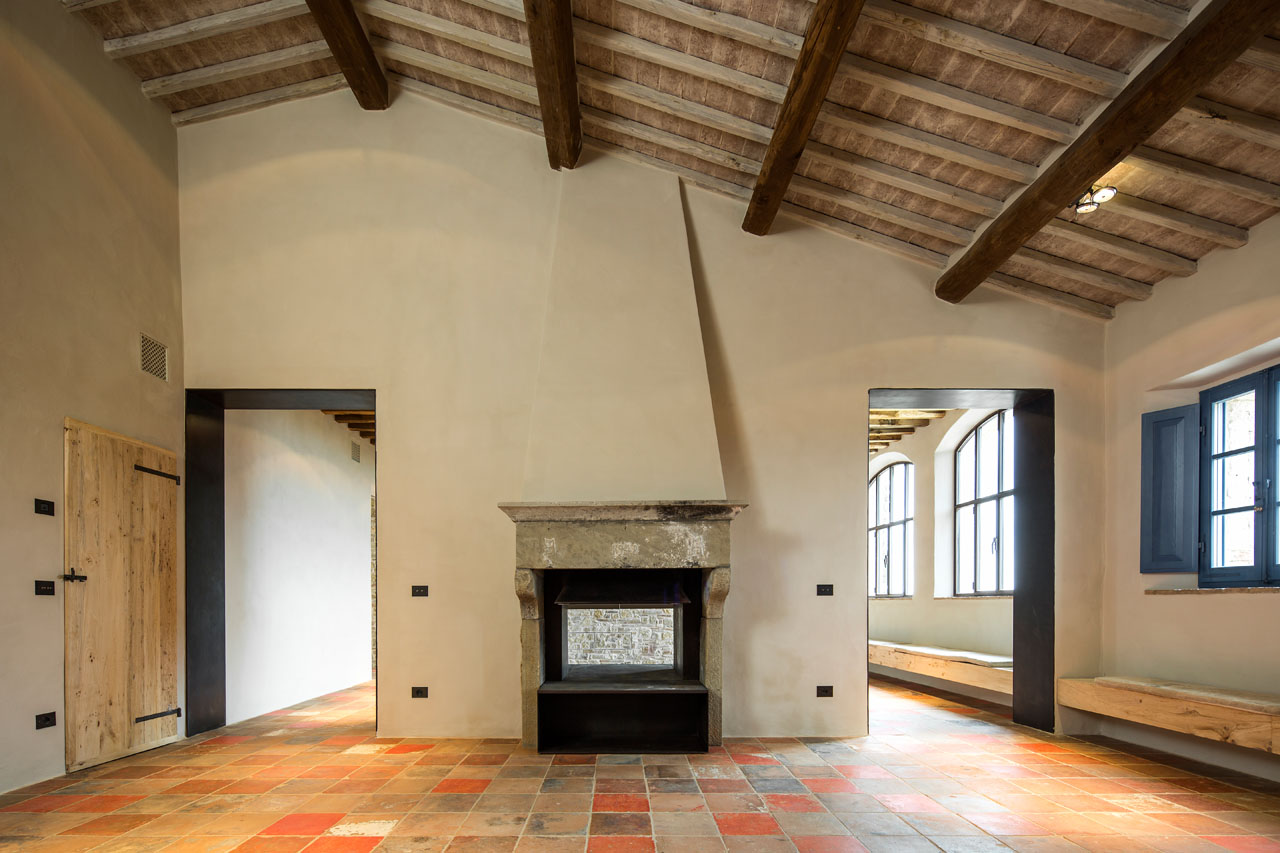
Particular attention was paid to the choice of materials, with the flooring playing a particular role in the intervention.

The ground floor is completed in resin instead of the previous clay pavement. Following the demolition of all interior floors for structural reasons, the architects decided to revive the existing brick floors in a new pattern in order to maintain its previous materiality while reviving it to suit a modern home.
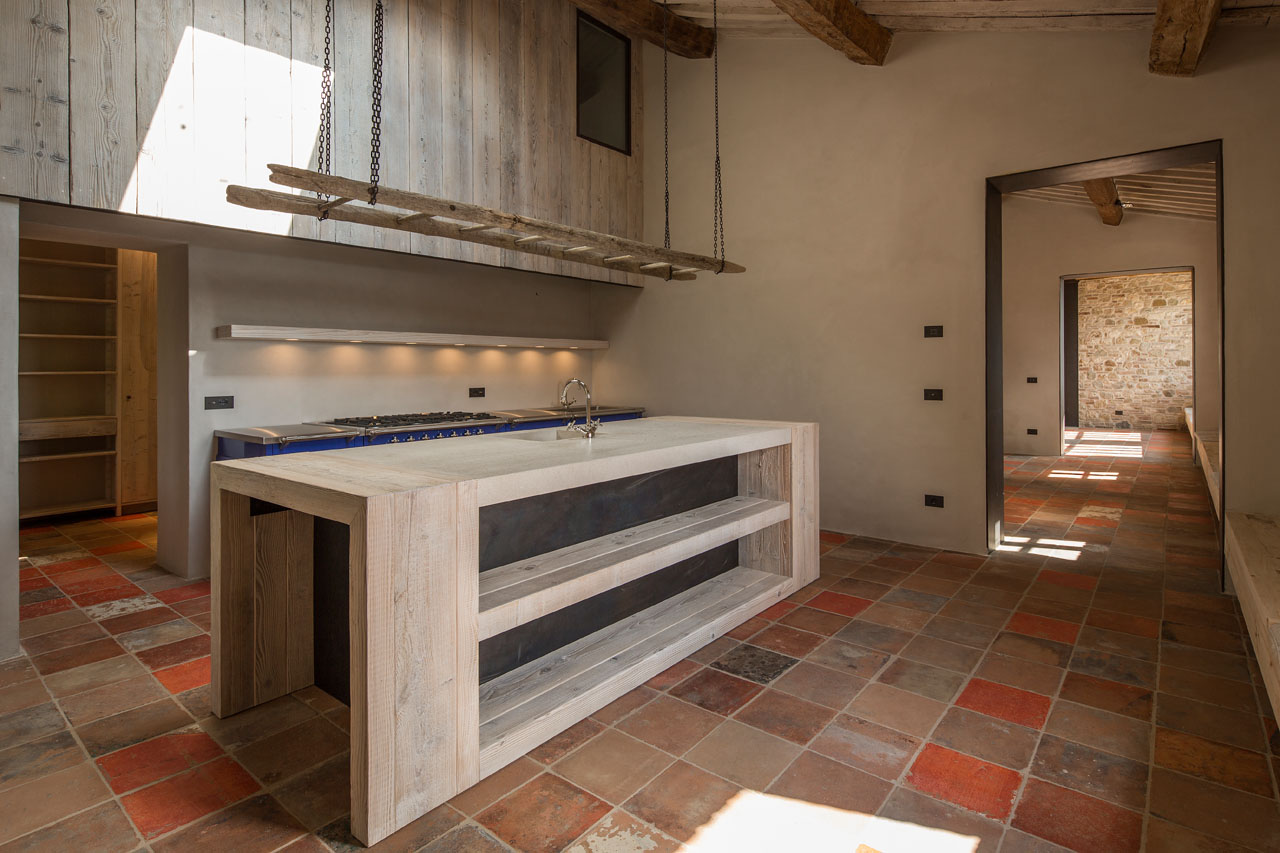
The first floor, in addition to the second floor, also features a reinterpretation of traditional woodworking in cross and diamond shapes that have been recreated with the same intention and sensitivity as the brick flooring.
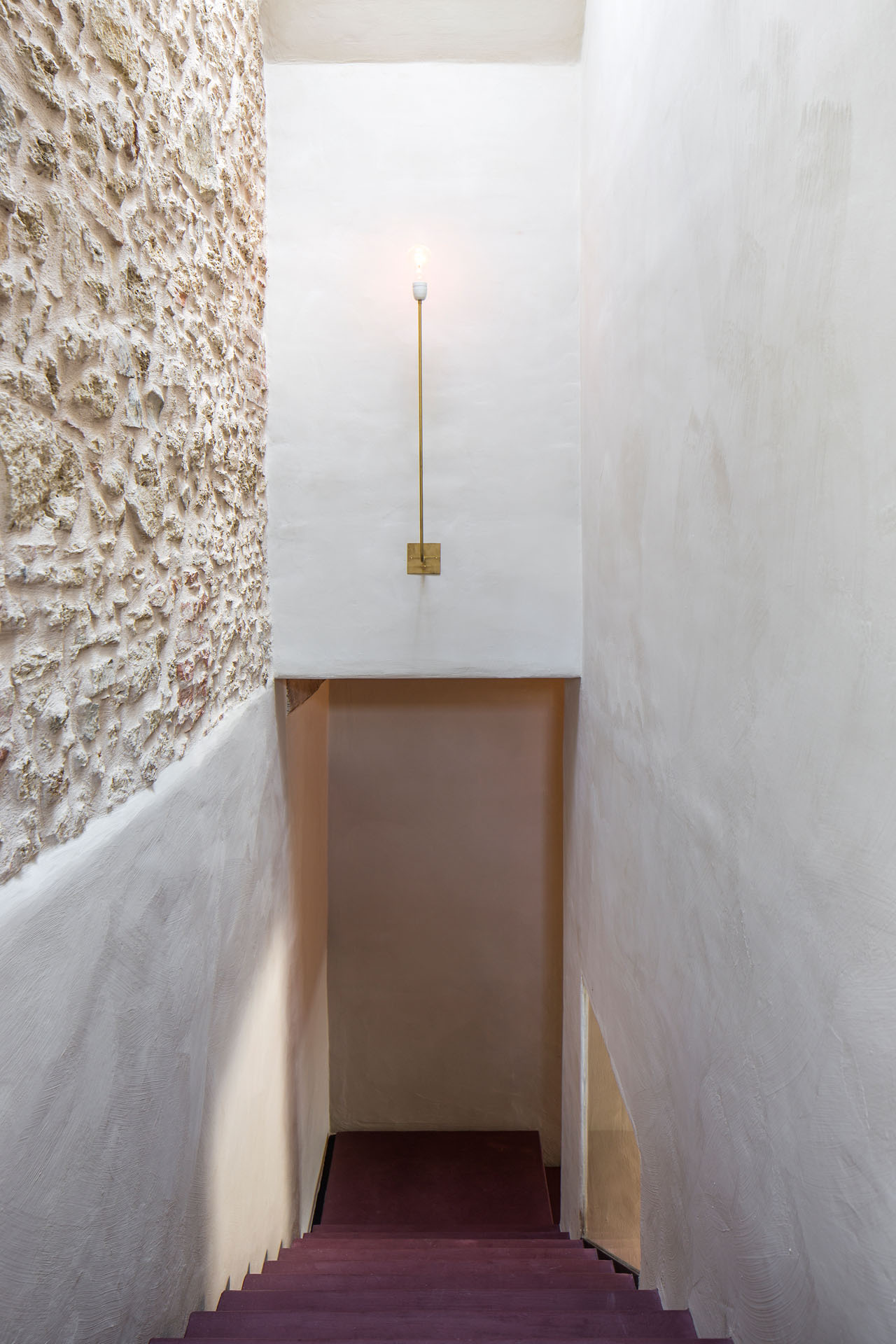
Steel is another material that plays a vital role within the new space and offsets the otherwise natural materials used across the interiors. This includes a corten steel staircase, a double-sided fireplace and steel hoops.
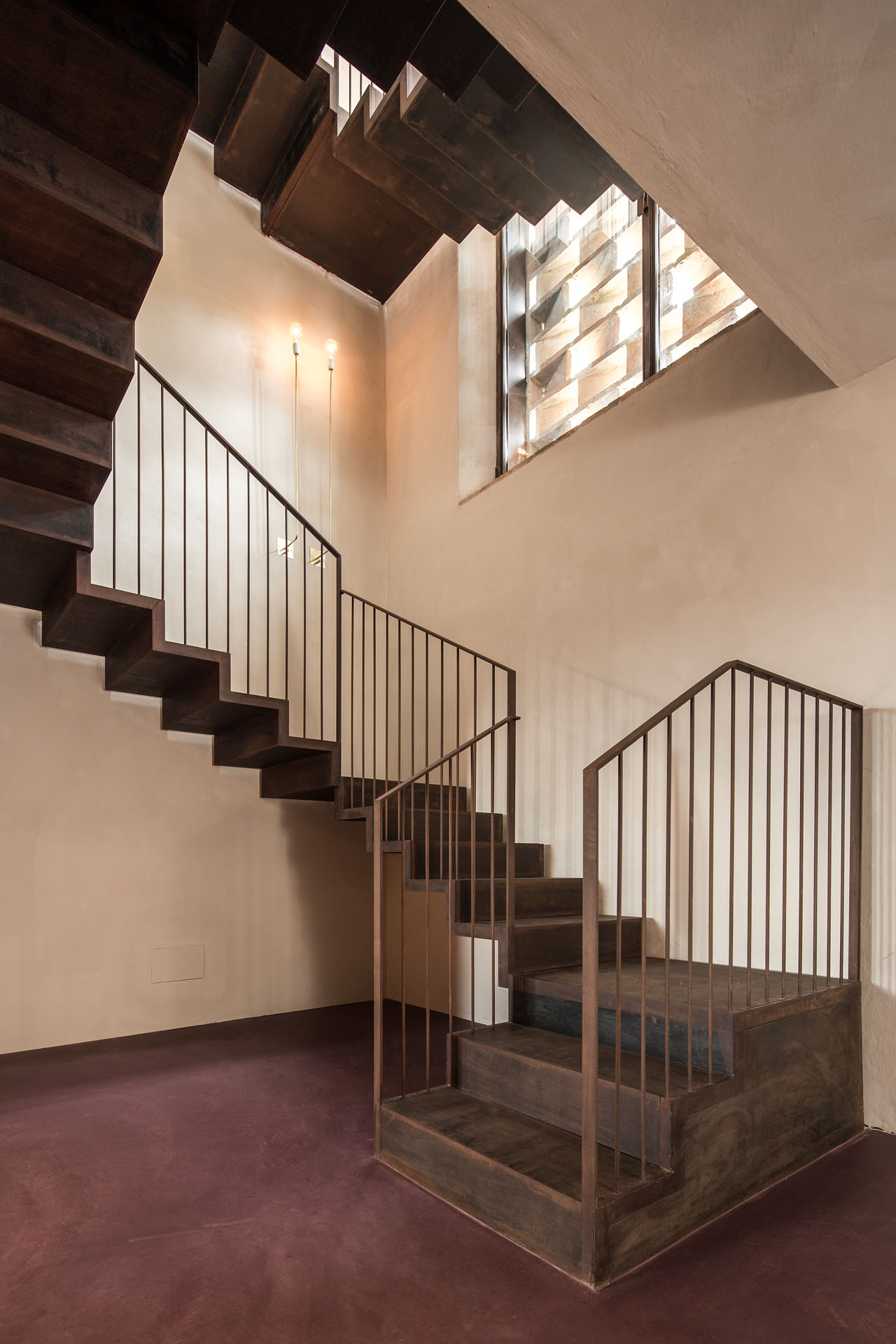
The architects explain that the aim was not to hide the existing scars of the building, but instead elevate them to characterize the space.
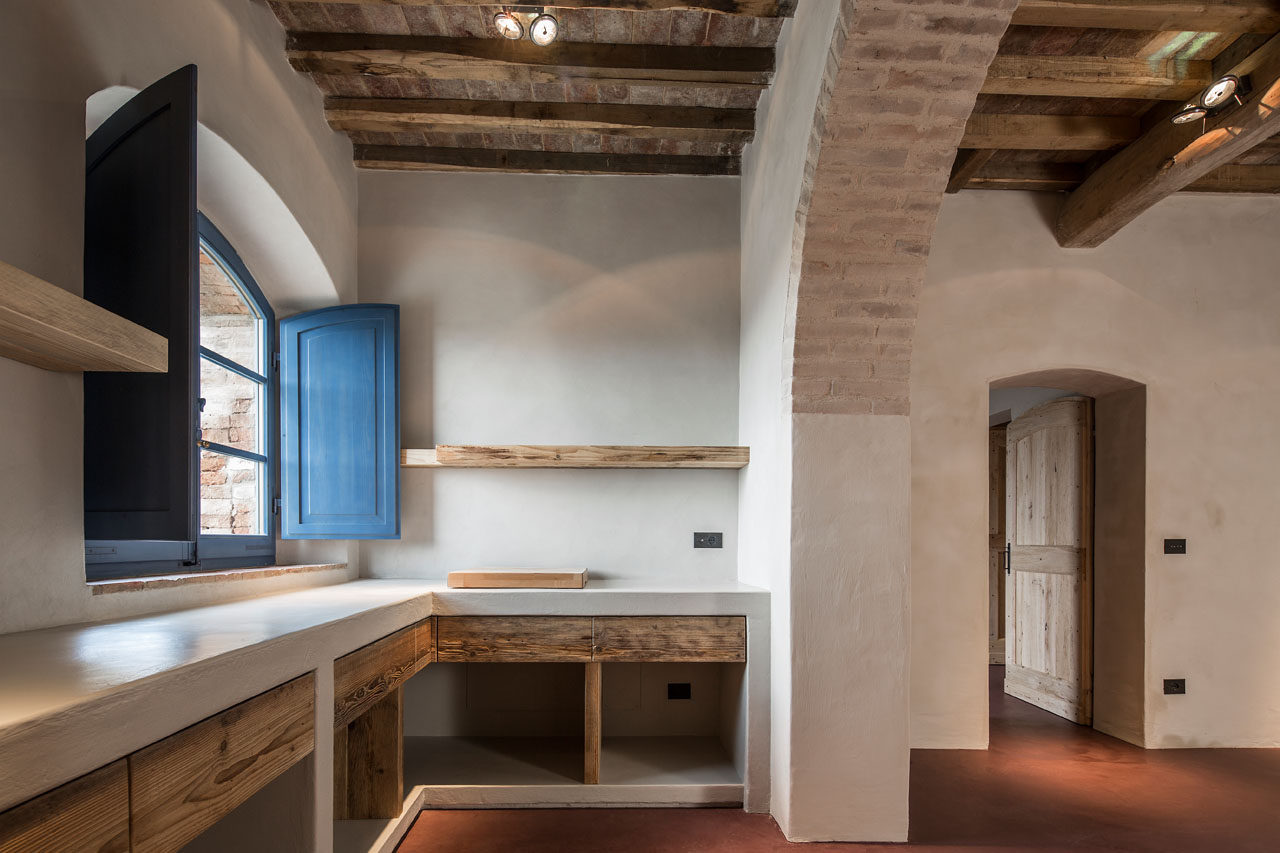
All the walls are finished with natural lime in an irregular manner to emphasize the beauty of the material, instead of using paint to cover it.
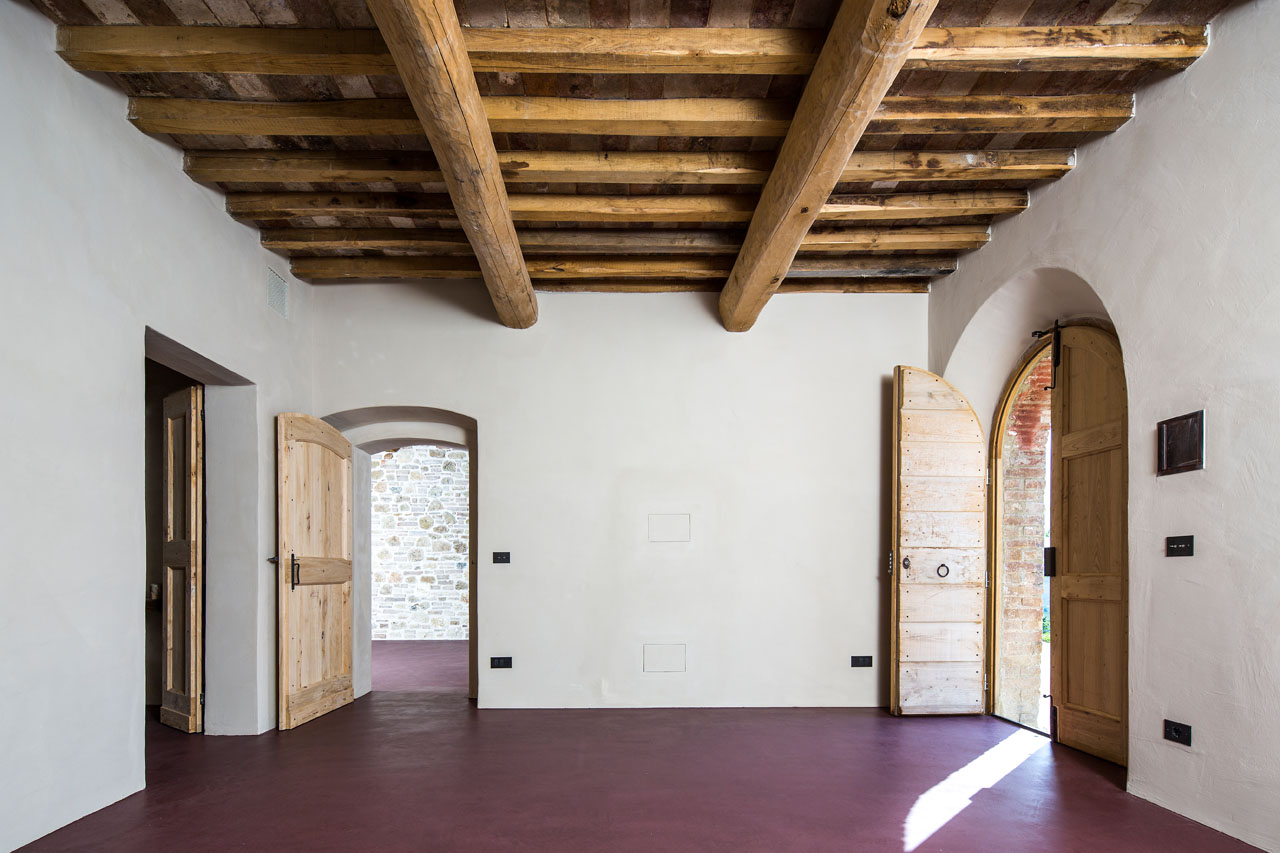
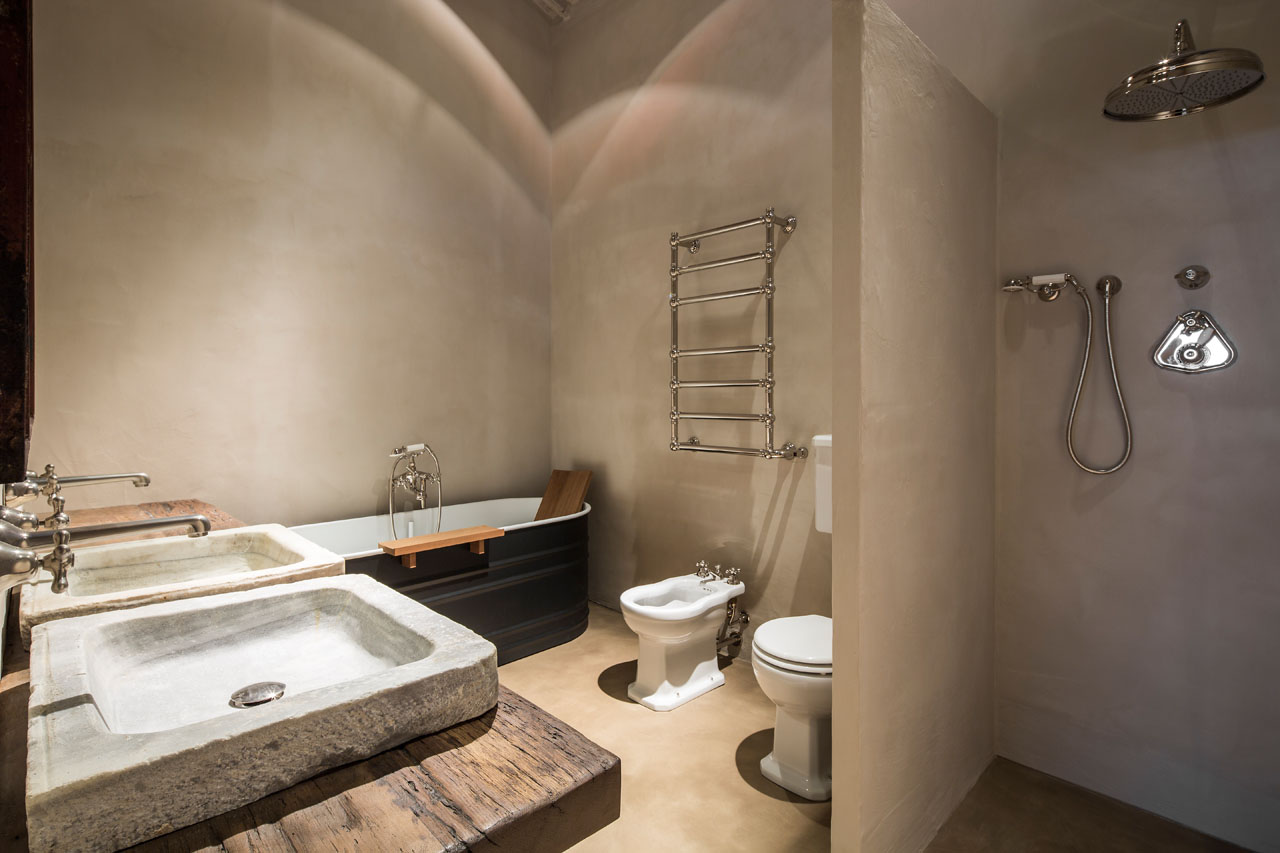
All external facades have been treated and restored with the same lime and reproduced in line with its original aesthetics except the facade of the main entrance, which was rebuilt for structural reasons.
The Latest
Dubai Design Week 2025 Unfolds: A Living Celebration of Design, Culture, and Collaboration
The 11th edition of the region’s leading design festival unfolds at Dubai Design District (d3)
Preciosa Lighting Unveils ‘Drifting Lights’ at Downtown Design 2025
The brand debuts its newest 'Signature Design' that explores light suspended in motion
IF Hub Opens in Umm Suqeim
A New Destination for Design and Collaboration in Dubai
The Language of Weave
Nodo Italia at Casamia brings poetry to life
The Art of the Outdoors
The Edra Standard Outdoor sofa redefines outdoor living through design that feels, connects and endures
The Art of Wellness
Technogym collaborates with Assouline to release a book that celebrates the brand’s 30-year contribution to the fitness industry
The Destination for Inspired Living – Modora Home
Five reasons why you need to visit the latest homegrown addition to the UAE’s interiors landscape
Elemental Balance — A Story Told Through Surfaces
This year at Downtown Design 2025, ClayArk invites visitors to step into a world where design finds its rhythm in nature’s quiet harmony.
The identity Insider’s Guide to Downtown Design 2025
With the fair around the corner, here’s an exciting guide for the debuts and exhibits that you shouldn’t miss
A Striking Entrance
The Oikos Synua door with its backlit onyx finish makes a great impression at this home in Kuwait.
Marvel T – The latest launch by Atlas Concorde
Atlas Concorde launches Marvel T, a new interpretation of travertine in collaboration with HBA.
Read ‘Regional Excellence’ – Note from the editor
Read the magazine on issuu or grab it off newsstands now.





